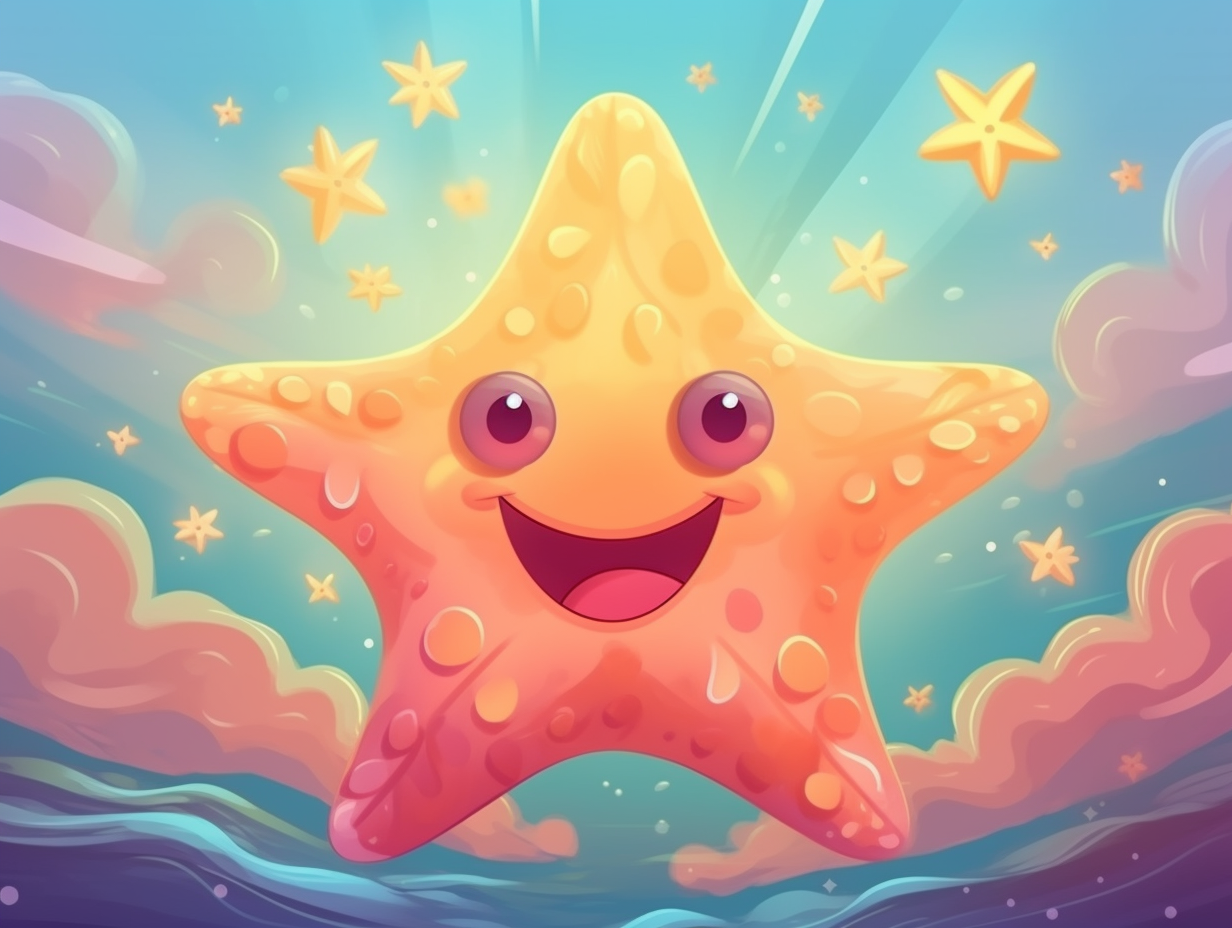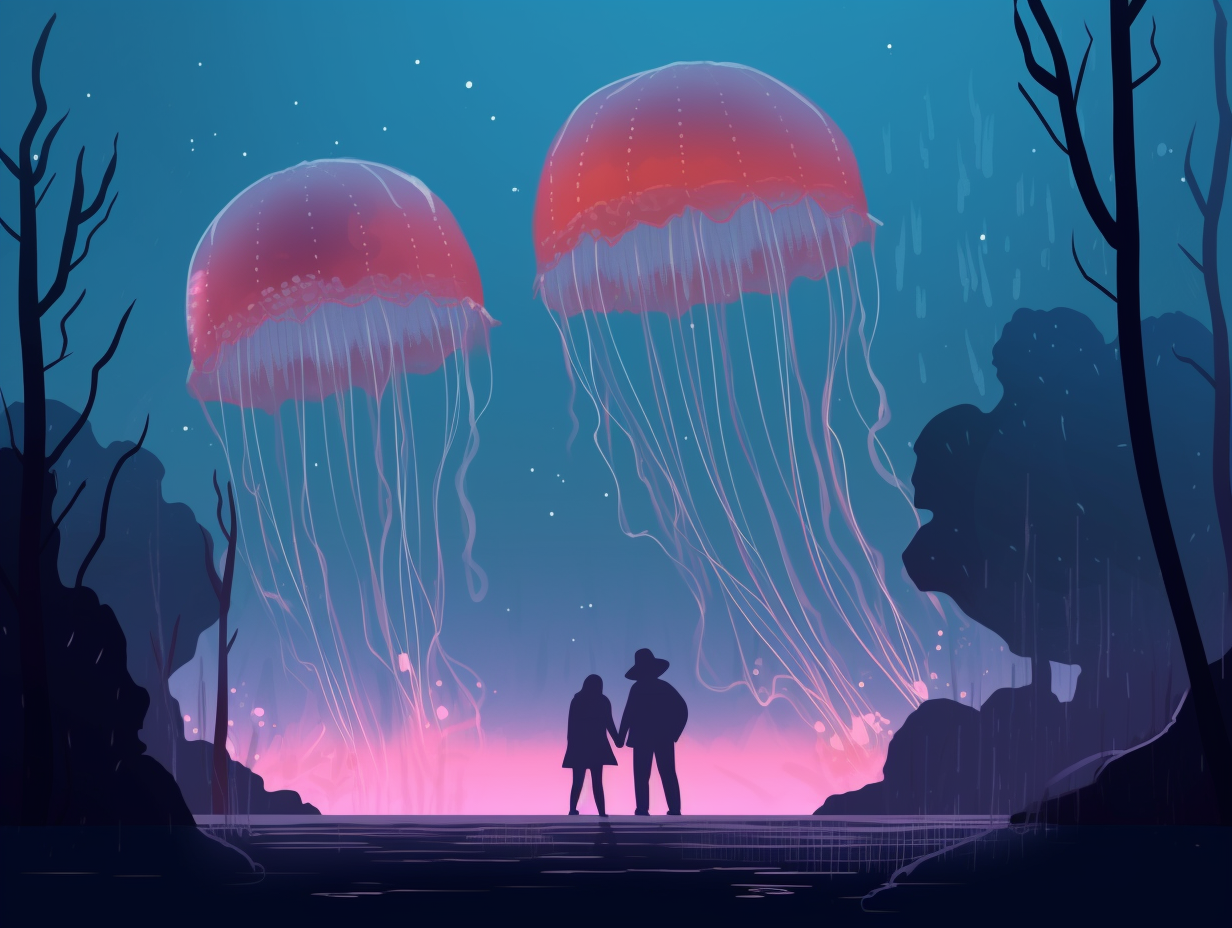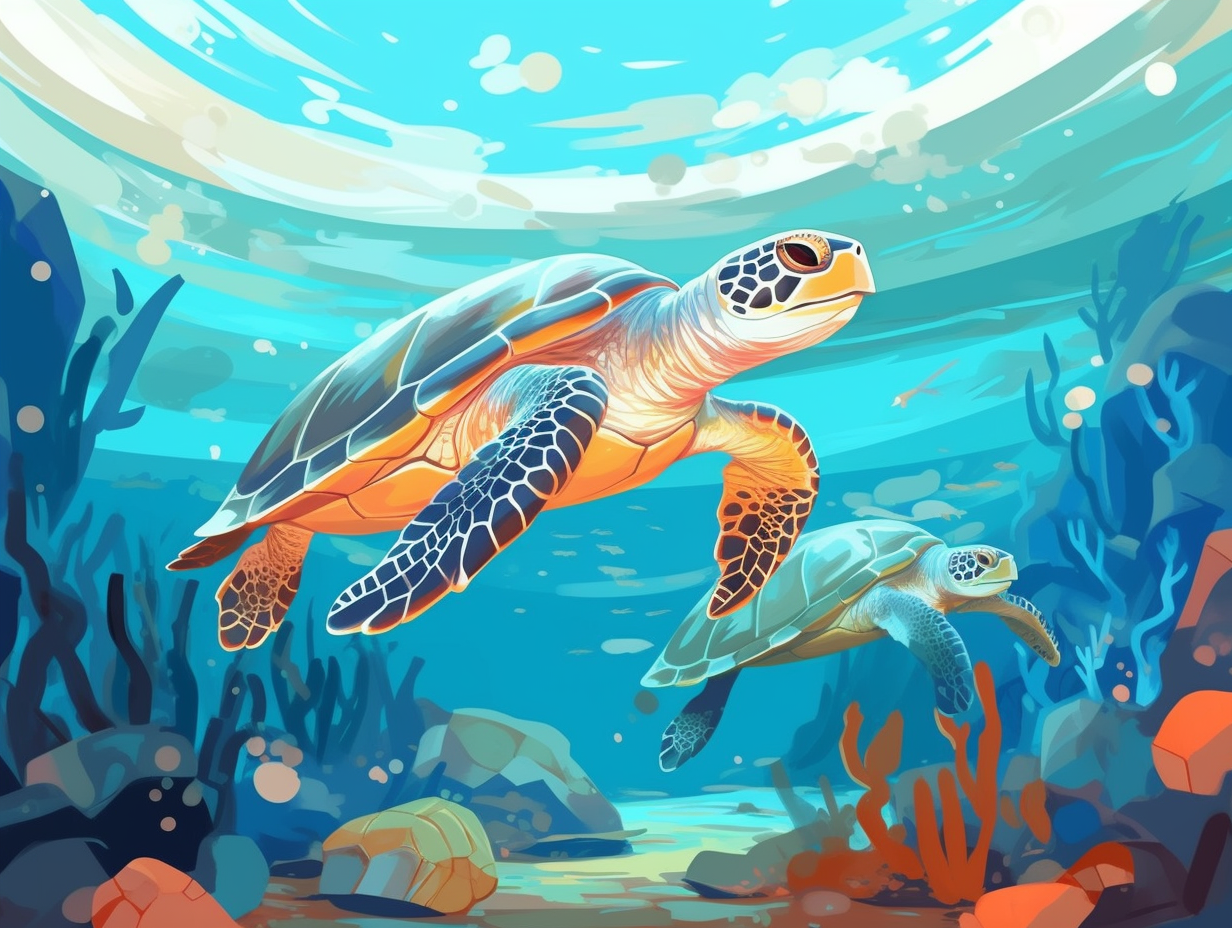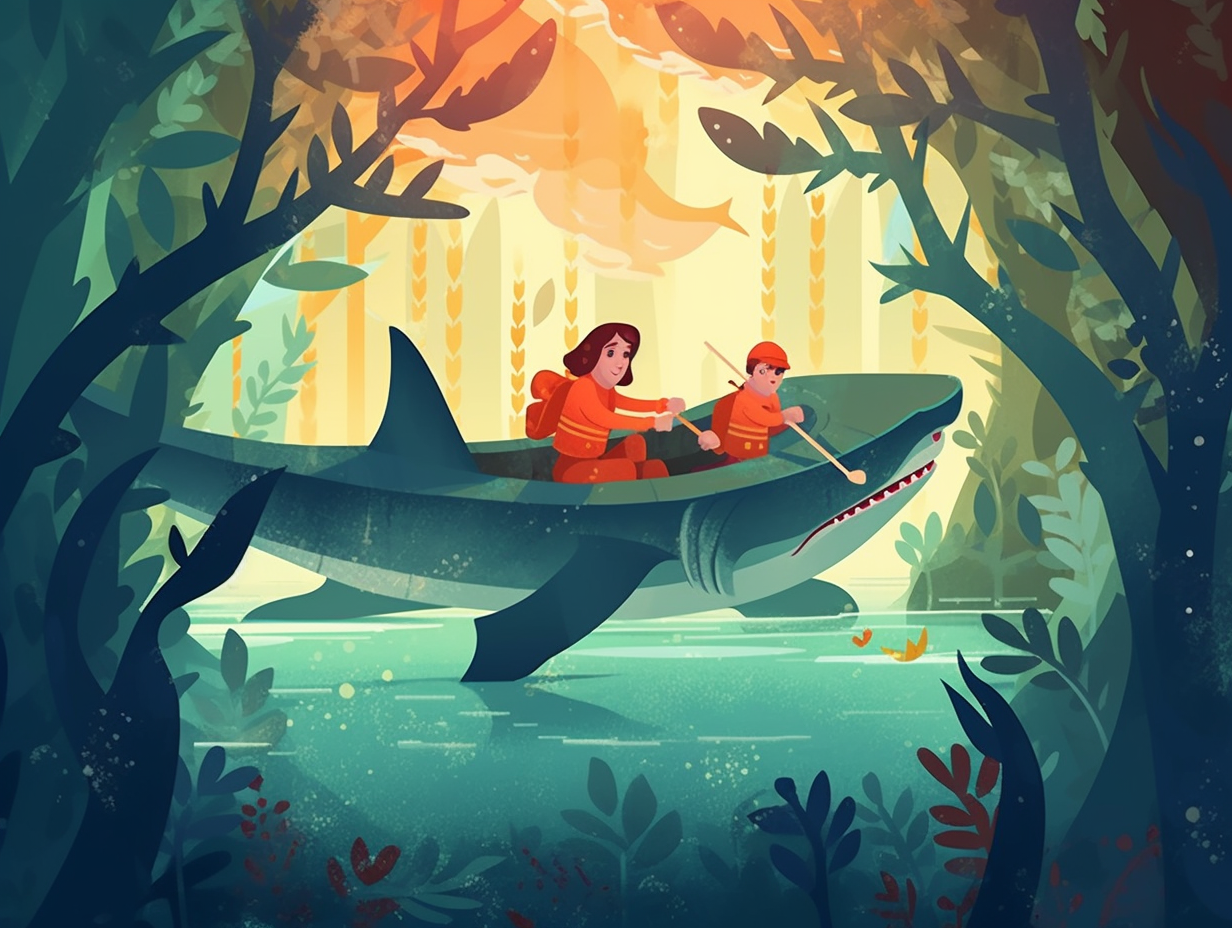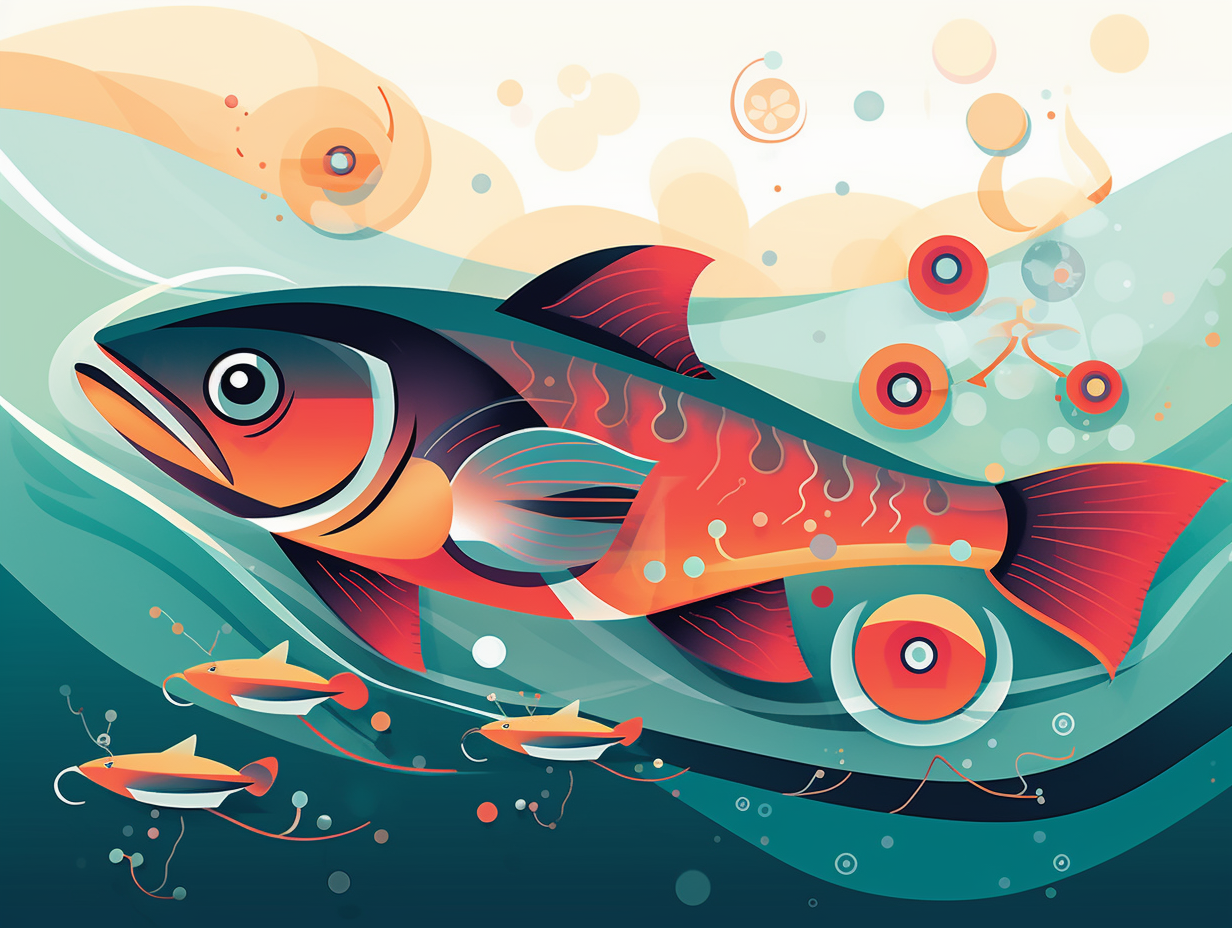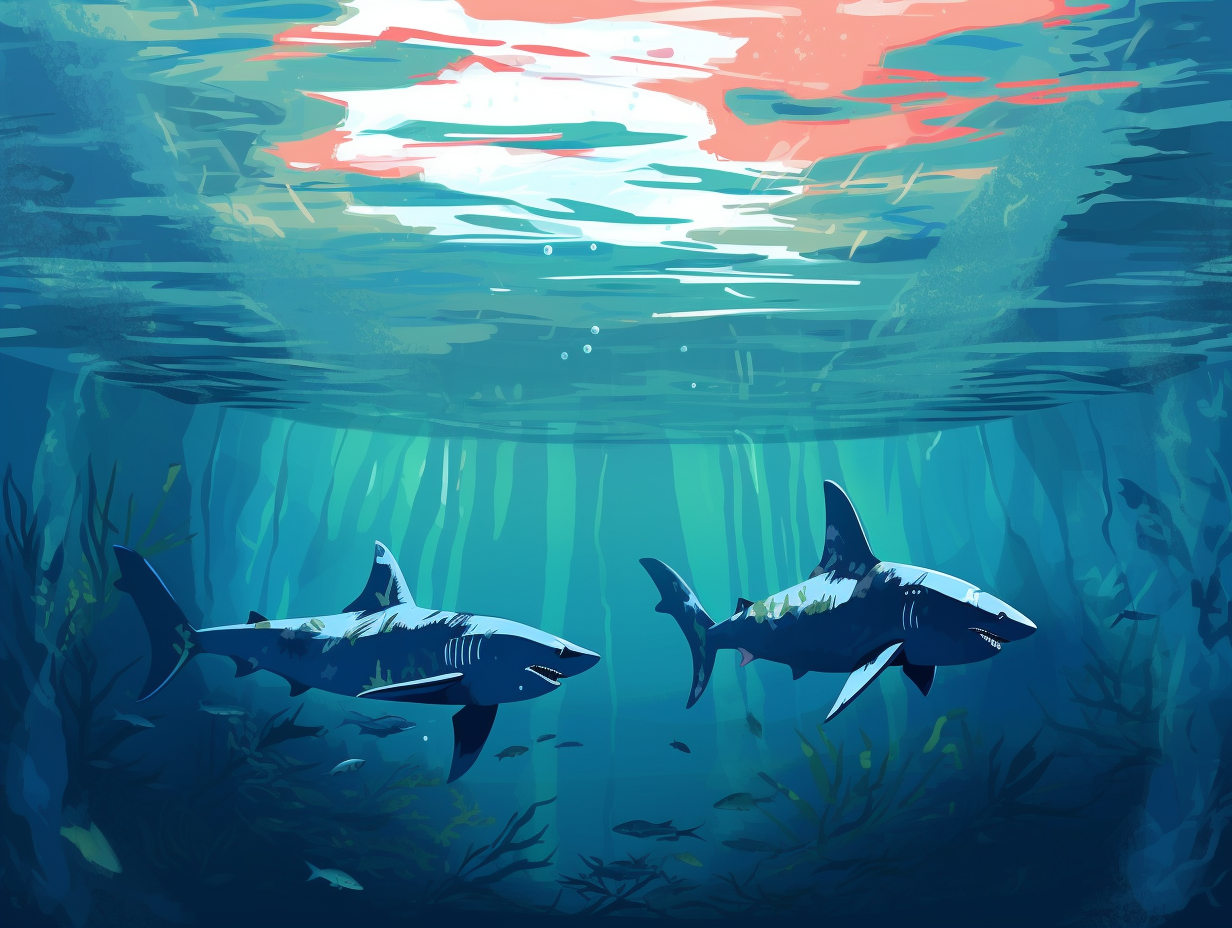Discover the Wonders: 14 Amazing Fun Facts About Tide Pools You Can't Miss

1. Oceanic Condos
Think of tide pools as Mother Nature's secret beach hideaways, miniature oceanic condos with ever-changing tenants: Tide pools can form not only on rocky shores but also on sandy beaches, creating unique ecosystems where a diverse range of plants and animals thrive, having adapted to the extreme conditions of the intertidal zone.
Source => americanoceans.org
2. Extreme Temperature Champions
These tough tide pool dwellers are truly the ultimate hot yoga practitioners of the ocean, and no heat-sensitive snowflakes live in this neck of the woods! Sounds unbelievable, right?: Well, certain tide pool species can survive freezing temperatures during low tide and even tolerate water up to a scorching 130°F, making them the champions of extreme temperature adaptation in the intertidal zone.
Source => mywaterquality.ca.gov

Discover the magical world of sea urchins and their unique, crystal-like spines that grant them incredible flexibility and strength. Are they attending underwater Hogwarts? Dive in to find out!
=> Fun Facts about Sea-Urchins
3. Tide Pool Hunger Games
Welcome to the Tide Pool Hunger Games, where miniature gladiators like the ochre sea star battle against the elements and stay airbound for up to eight hours just to survive the wrath of low tides: It's no place for sissies! In fact, these ochre stars avoid higher intertidal pools, as they can't stomach sweltering temperatures and measly oxygen levels, while other brave residents like abalones, limpets, and turban snails pull a Sherlock in the nose department to escape the ochre stars' appetite. Tiny yet tenacious, tide pools are the real battlegrounds of the sea!
Source => seaworld.org
4. Battle of the Crustaceans
Step aside, knights of the round shell, for the battle of the crustaceans is on: Hermit crabs in tide pools engage in fierce combat over the perfect shell, hunting for delectable grass shrimps and tube worms, all while wielding antennae that can detect chemical cues from oceanic frenemies like the Polychaete sea worm, whose reaction may either be an innate response or the result of an undersea plot twist involving a crab's secret chemical weapon.
Source => epod.usra.edu
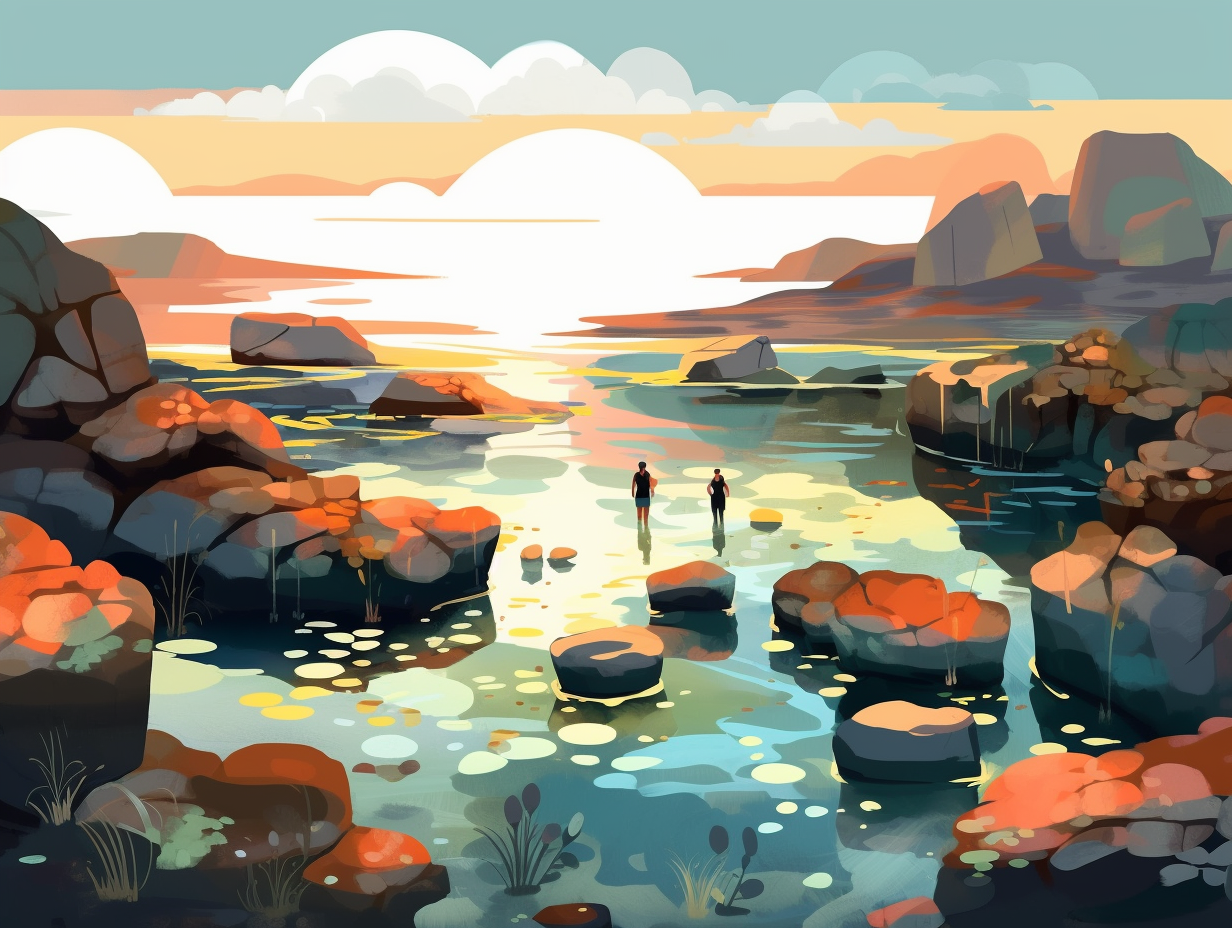
5. Barnacle Party Survival Tactics
Barnacle parties and clam jam sessions run wild on the shores: tide pool animals have evolved remarkable adaptations like closing their shells tightly to maintain moisture, huddling together to minimize individual exposure, and gasping for air at the surface to survive in their ever-changing environment.
Source => seaworld.org
6. Fish Out of Water Breathing
Talk about being a fish out of water: tide pool sculpin and young opaleyes developed a stunning ability to breathe air at the surface when the tide retreats, allowing them to thrive in oxygen-deprived environments and giving spectators a jaw-dropping peek into their world.
Source => seaworld.org
7. Celebrity Crustacean Zip Codes
Roll out the red carpet and make way for the celebrity crustaceans of the rocky shore world! Chthamalus malayensis and Amphibalanus amphitrite embrace distinct zip codes on the rocks like Beverly Hills and Doheny Drive: Chthamalus malayensis prefers the glamorous adjacent rock surfaces (>40%), while Amphibalanus amphitrite is more laid-back, with similar 5-10% abundances in both rock pools and rock surfaces.
Source => frontiersin.org
8. Barnacle's Super Cement
If barnacles had a theme song, it would be "Can't Touch This": these tidal superheroes boast an astonishing marine cement that's stronger than any ol' human-made concrete. As the MC Hammers of the ocean, they're a sensation to researchers seeking to uncover their secret glue recipe for us land-dwellers to marvel at and, perhaps, utilize in our concrete jungles.
Source => oceanservice.noaa.gov
9. Limpet Real Estate
Limpets are like the cheeky squatters of tide pools, claiming their prime seaside real estate and defending it with a custom-molded shell-fort: When the tide recedes, these crafty critters make their way back to their "home scar" – a carefully ground groove in the rock – creating a snug seal that keeps them from drying out and traps water so they can breathe. This prime location is typically in the exclusive Clathomorphum algae neighborhood, where they maintain a mutually beneficial relationship – eco-friendly housecleaning in exchange for a delicious all-you-can-eat buffet.
Source => archive.bigelow.org

10. Sea Anemone Huggles of Doom
Though they may appear like overly affectionate sea flowers, sea anemones are actually stealthy underwater marksmen with a penchant for neurotoxin-laced projectiles: These sneaky polyp pals employ harpoon-like spears called nematocysts to paralyze their prey, and then affectionately guide them into their craving mouths with loving tentacular embraces, all within the comforts of tide pools. But worry not, human friends, for you are not on the menu for their huggles of doom.
Source => seattleaquarium.org
11. Marine Evolutionary Talent Show
Mother Nature's marine mash-up: Tide pools are the ultimate natural talent show, as creatures like periwinkle snails whip out their gluesticks – in the form of mucus – to defy desiccation, while sea cucumbers reenact a Phoenix-esque regeneration by ejecting their organs to evade predators. Even the tide pool sculpin and juvenile opaleyes have jumped on the evolutionary bandwagon, developing lungs-for-gills to breathe air when water goes low on O2.
Source => seaworld.org
12. Tide Pool Airbnb for Fish
You know how some folks just can't make up their mind about where they want to live, and Airbnb their way through life instead? Turns out, fish are no different when it comes to tide pool real estate: soft-substrate tide pools are classified into three ecological roles - permanent homes for the decisive, nurseries for the constantly scrolling Airbnb browsers, and temporary waiting spots for the fish who took a wrong turn. These aquatic housing options are a testament to species diversity and a total game-changer when it comes to the conservation of our coastal neighborhoods.
Source => publish.csiro.au
13. Pollution Threatens Tide Pools
Even Captain Planet would have a hard time keeping our tide pools shipshape: Pollution and coastal runoff - with offenders like trash, oil spills, sewage spills, and toxic chemicals - are threatening the marine life residing in these intertidal zones. Help keep the coast clear by properly disposing of your waste, at the beach and beyond!
Source => seaworld.org
14. Octopus Aquatic Buffet Adventure
When life gives you lemons, make seafood: Tide pools in Northern California are aquatic buffets for the giant Pacific octopus, which can scuttle across dry land to munch on an array of sea creatures. These wily, eight-legged gourmands can consume up to 4% of their body weight daily, which includes their ability to overpower and devour unsuspecting fish – as aptly demonstrated by a viral video showing a monkeyface prickleback getting in a pickle with a hungry octopus.
Source => underscoresf.com
Related Fun Facts


